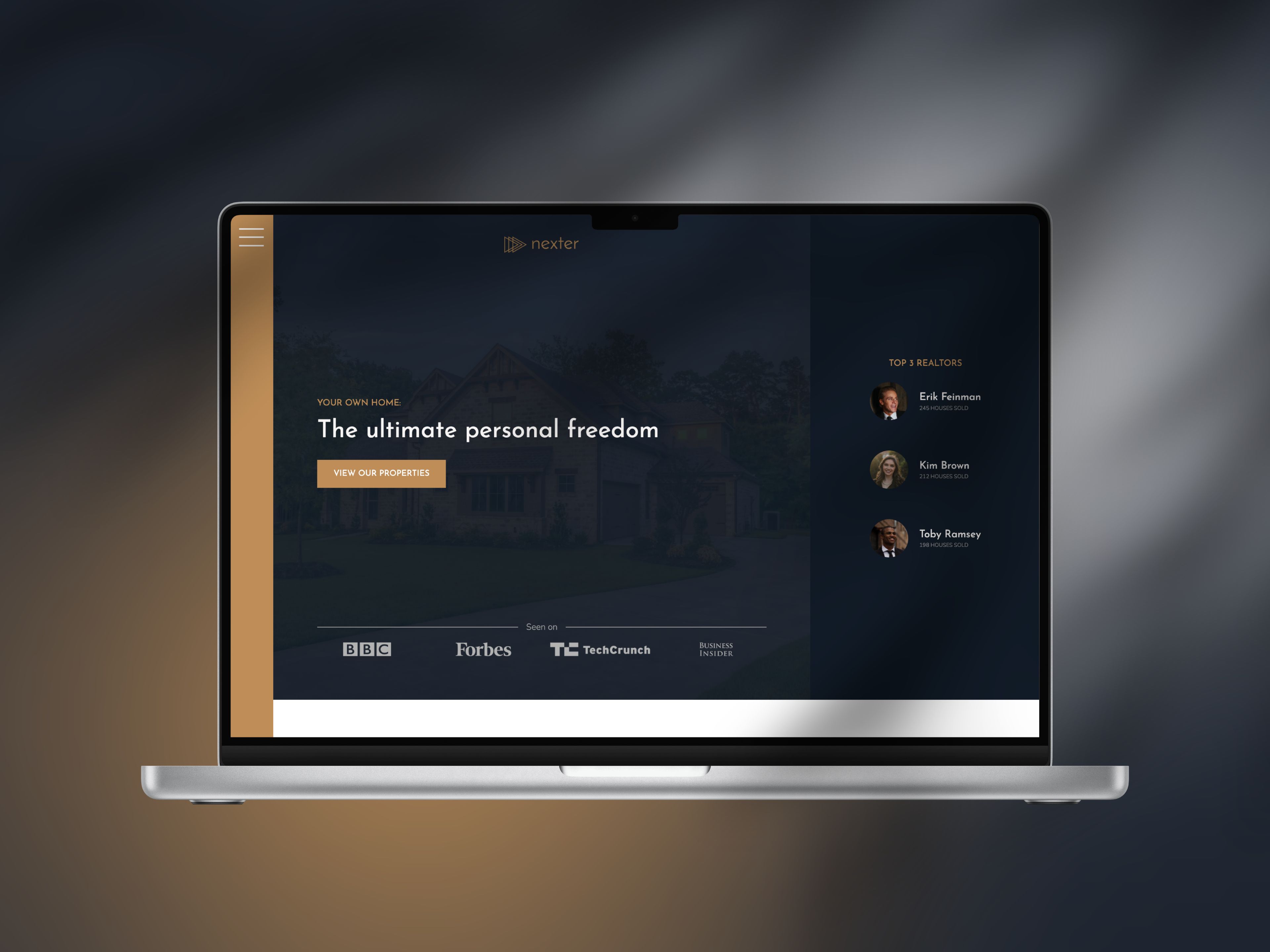Category:
Feature Launch
Background & Context
When I began this initiative, Spotify’s Home surface was heavily optimized for content retrieval, not discovery. Despite the breadth of our catalog—across music, podcasts, and audiobooks—users often struggled to find something new to listen to. In fact, 20% of users landing on Home didn’t play anything at all. At the same time, creators needed better ways to reach new audiences and reconnect with existing fans. I saw an opportunity to evolve the experience by making discovery feel easier, more sensory, and more rewarding.
The Goal
My goal was to design a more intuitive and compelling system for content discovery on Home—one that worked across all audio formats. I aimed to lower the barrier to engagement for high-investment content like podcasts and audiobooks, while also making the system feel inspiring and useful for music listeners. From a business perspective, we also wanted to motivate creators by giving them richer ways to merchandise their work directly through audio. Ultimately, I wanted users to feel like they could stumble into something delightful without needing to work for it.
The Problem
Discovery was too hard. Users told us they often searched online to evaluate unfamiliar podcasts or audiobooks—because our merchandising didn’t do enough to help them make quick decisions. We were relying too much on visuals in a platform defined by sound. At the same time, everything on Home was structured as shelves, which made evaluation overwhelming and content harder to spotlight. I needed to challenge the way we represented content—while still preserving scannability and familiarity.
The Hypothesis
I believed that by introducing audio previews as a core part of our Home merchandising, we could make unfamiliar content more approachable and enticing. I also hypothesized that moving from shelf-based layouts to single-item cards would reduce cognitive load and allow for better programming and recommendation performance. We framed this idea as Audiobrowse—audio-first discovery that invites users to listen their way into new content. We expected to see an increase in track connections and high-intent actions like follows, saves, and replays.
The Solution
I led a phased rollout of Audiobrowse: starting with podcast content, then expanding to music and audiobooks, and eventually integrating it into Home and subfeeds. The experience paired audio previews with large, high-density cards that focused on one piece of content at a time. This format gave us space to include context, play previews, and emphasize creator voice. I worked closely with design, data science, and engineering to A/B test, monitor engagement, and ensure the experience was both performant and understood by users.
The Results
We saw a 3% increase in track connections—a strong signal that users were discovering and re-engaging with new content. But there were trade-offs: HAU (Home Active Users) and overall Home consumption dropped during initial rollouts. We learned that discovery can’t come at the cost of retrieval. Users still rely on Home to resume familiar listening, and our preview cards, while rich, had to be balanced with scannability and usability. These insights informed how we adapted the card size, placement, and onboarding flows moving forward.
Conclusion
Audiobrowse taught me that even great discovery mechanics need to earn their place within existing user habits. I had to balance experimentation with ecosystem awareness, carefully layering in new behaviors without overwhelming the core listening flow. By listening to both user feedback and the metrics, I was able to evolve the experience—from a bold new concept to something grounded and scalable. The result was a more expressive, audio-forward layer of Home that made discovery feel more natural—without making it mandatory.



